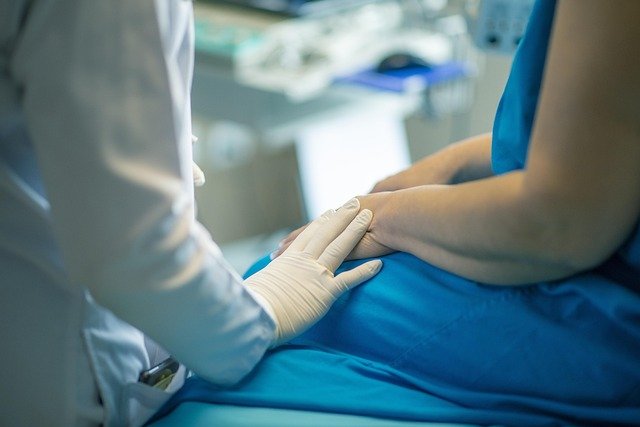Abdominal Adhesions Treatment Options and Care
Abdominal adhesions are bands of scar tissue that can form between organs or tissues in the abdomen after surgery, infection, or inflammation. They may cause pain, bowel obstruction, or infertility in some people, while others remain symptom-free. Understanding treatment options, potential risks, and follow-up care can help patients and clinicians decide the best approach for each case.

This article is for informational purposes only and should not be considered medical advice. Please consult a qualified healthcare professional for personalized guidance and treatment.
What are adhesions in the abdomen?
Adhesions develop when healing tissue sticks to adjacent structures instead of separating normally. In the abdomen, these fibrous bands most commonly form after previous operations, but can also follow infection, endometriosis, or inflammatory conditions. The effect ranges from no symptoms to chronic abdominal pain or acute bowel obstruction. Diagnosis typically uses clinical history and imaging such as CT or ultrasound, although small or filmy adhesions may not be visible on scans.
Many people with adhesions never require treatment; clinical decisions focus on symptom severity, impact on daily life, and the likelihood that adhesions are the cause of symptoms.
When is surgery considered for adhesions?
Surgery, often called adhesiolysis, is considered when adhesions cause persistent, severe symptoms such as recurrent small-bowel obstruction or incapacitating pain that has not responded to conservative measures. Surgical approaches include minimally invasive laparoscopy and open laparotomy. Laparoscopy can reduce recovery time in many cases, but any operation carries risks including infection, bleeding, and the potential to form new adhesions.
Surgeons weigh the benefit of relieving obstruction or pain against the risk of recurrence and other complications. In emergencies like complete bowel obstruction, prompt surgical intervention may be necessary.
What medicines and non-surgical treatments help?
Initial treatment for partial bowel obstruction or mild symptoms often focuses on non-surgical measures: hydration, bowel rest, nasogastric decompression in hospital settings, and careful monitoring. Pain control using appropriate analgesics and addressing constipation or diet modifications can provide symptom relief. There is limited evidence for medications that prevent adhesions once formed, though during surgery surgeons may apply barrier agents intended to reduce formation of new adhesions.
Physical therapy, guided exercise, and lifestyle adjustments may help some patients manage chronic discomfort. All medical treatments should be personalized by a physician familiar with the patient’s history.
How do hospitals manage adhesion complications?
Hospitals evaluate suspected adhesion complications with a combination of history, physical exam, laboratory tests, and imaging like CT scans to assess for obstruction or ischemia. Management protocols prioritize patient stability: fluid resuscitation, electrolyte correction, and observation for improvement in partial obstruction. Surgical teams, including general surgeons and sometimes colorectal or gynecologic specialists, coordinate care when operative management is needed.
Postoperative strategies in hospitals aim to reduce recurrence risk: meticulous surgical technique, minimally invasive approaches when appropriate, and consideration of adhesion-reduction products during surgery. Multidisciplinary care, including nutrition and pain management services, supports recovery.
What should you discuss with your doctor about adhesions?
When talking with a doctor, useful topics include: likely causes of symptoms, the probability adhesions are responsible, non-surgical alternatives, expected benefits and risks of adhesiolysis, the choice between laparoscopic and open surgery, and postoperative recovery expectations. Ask about the surgeon’s experience with adhesion cases and what measures they use to reduce recurrence.
Also discuss how symptoms will be monitored, red flags that require urgent attention (worsening pain, vomiting, inability to pass stool or gas), and follow-up plans for long-term symptom management or fertility concerns if applicable.
Conclusion
Abdominal adhesions are a common consequence of abdominal surgery and inflammation; most are harmless but some lead to pain or obstruction requiring medical attention. Treatment ranges from conservative management and symptom control to surgical adhesiolysis in selected cases, each option carrying benefits and potential risks. Decisions are best made through informed discussion between patient and clinician, tailored to the individual’s symptoms and medical history.





